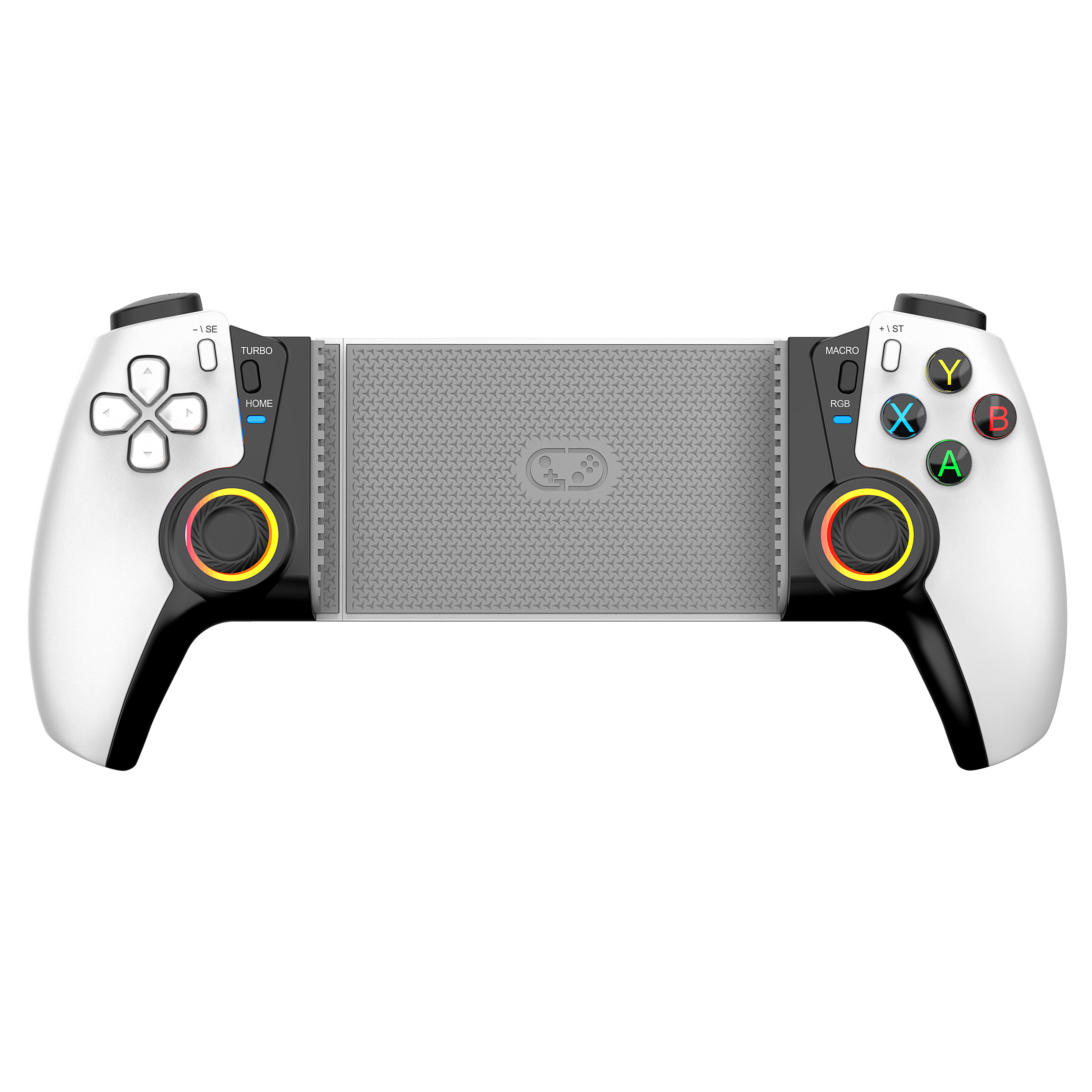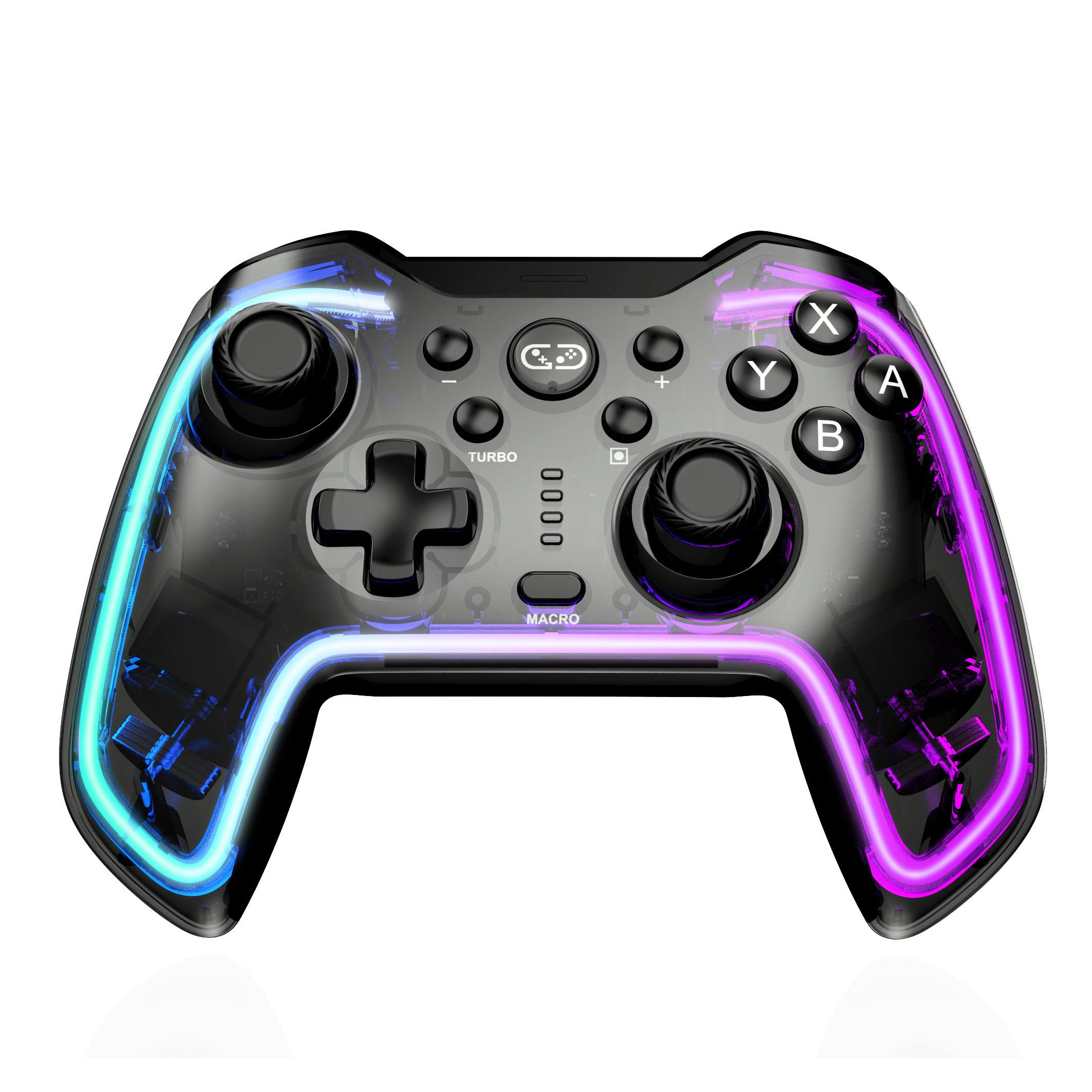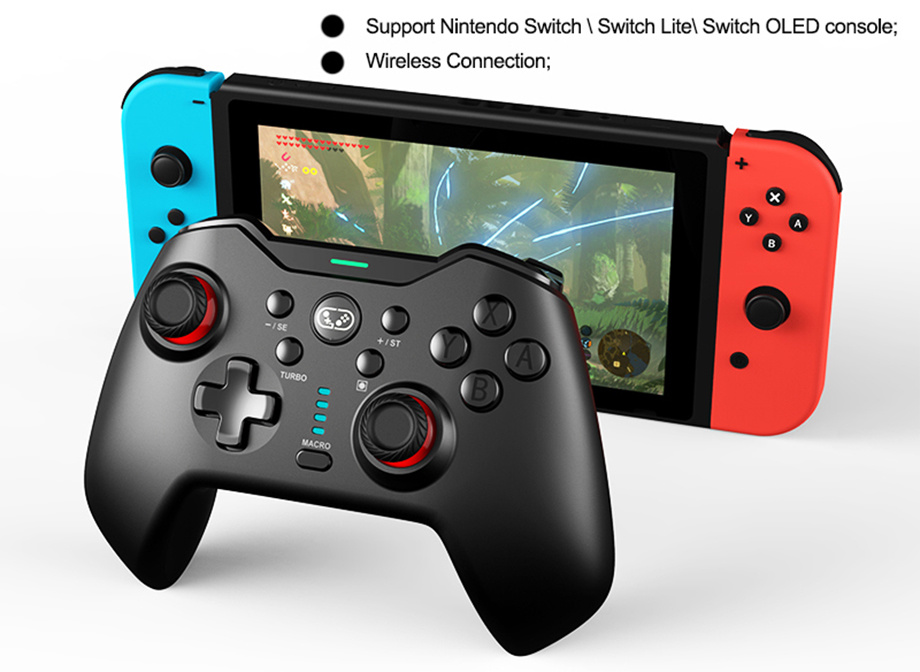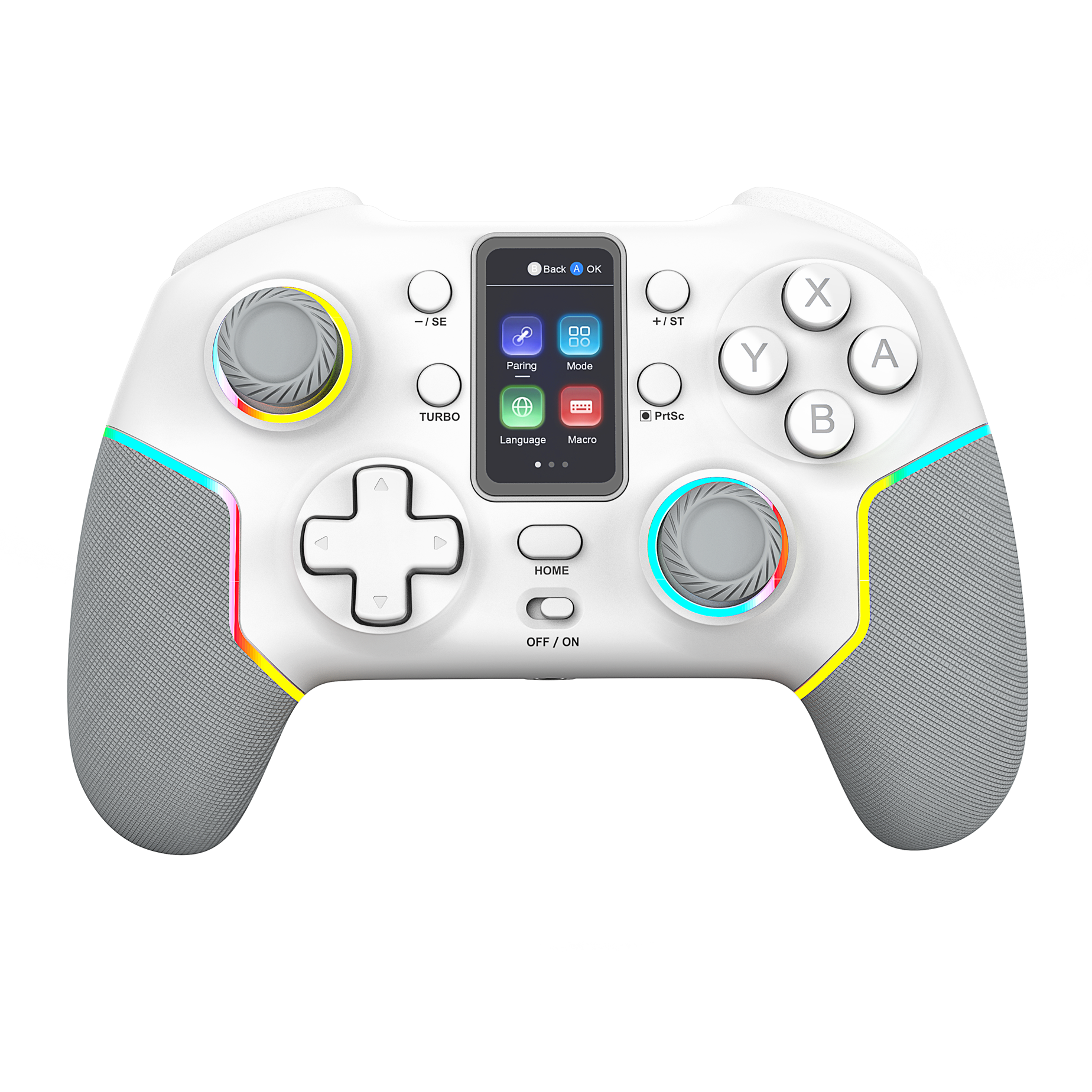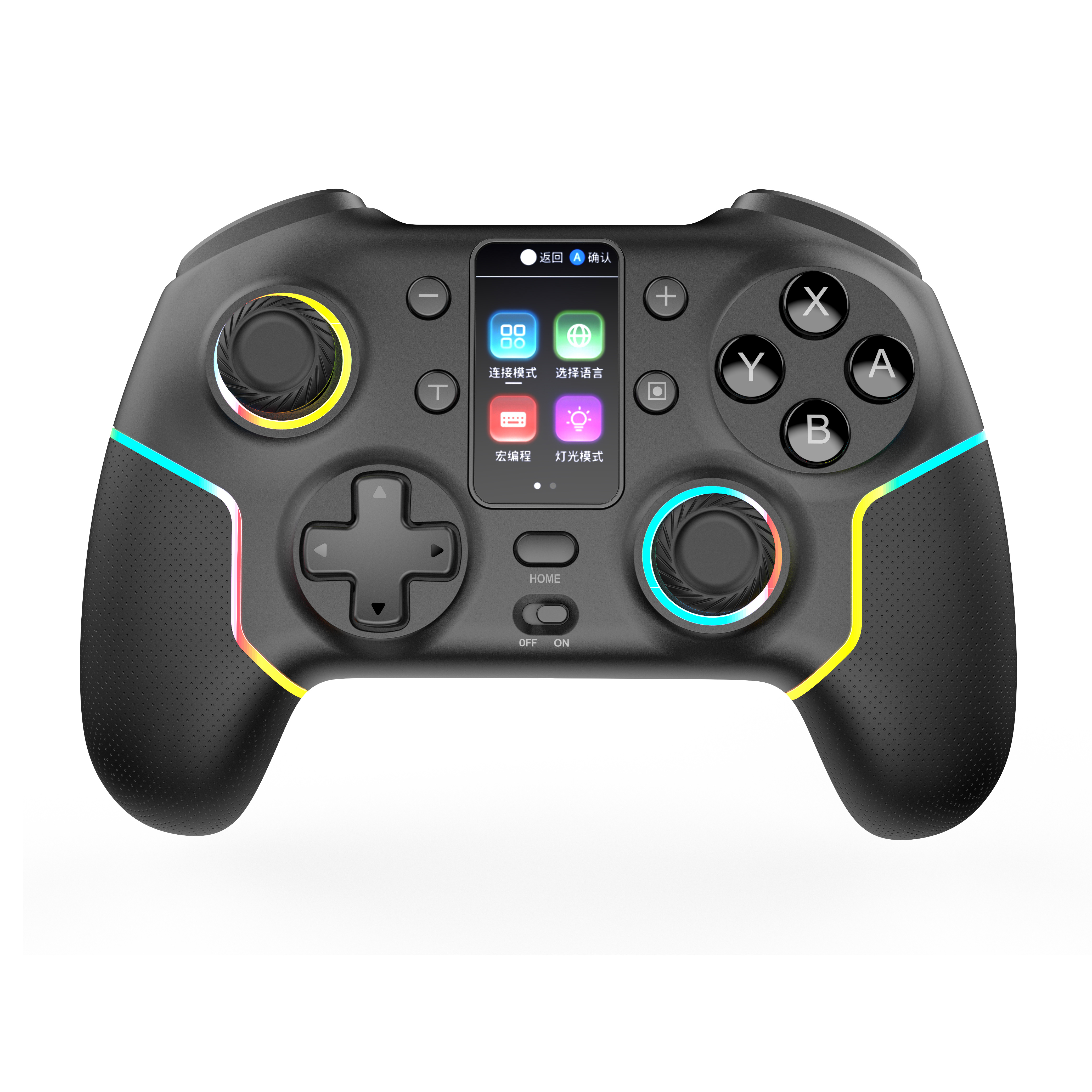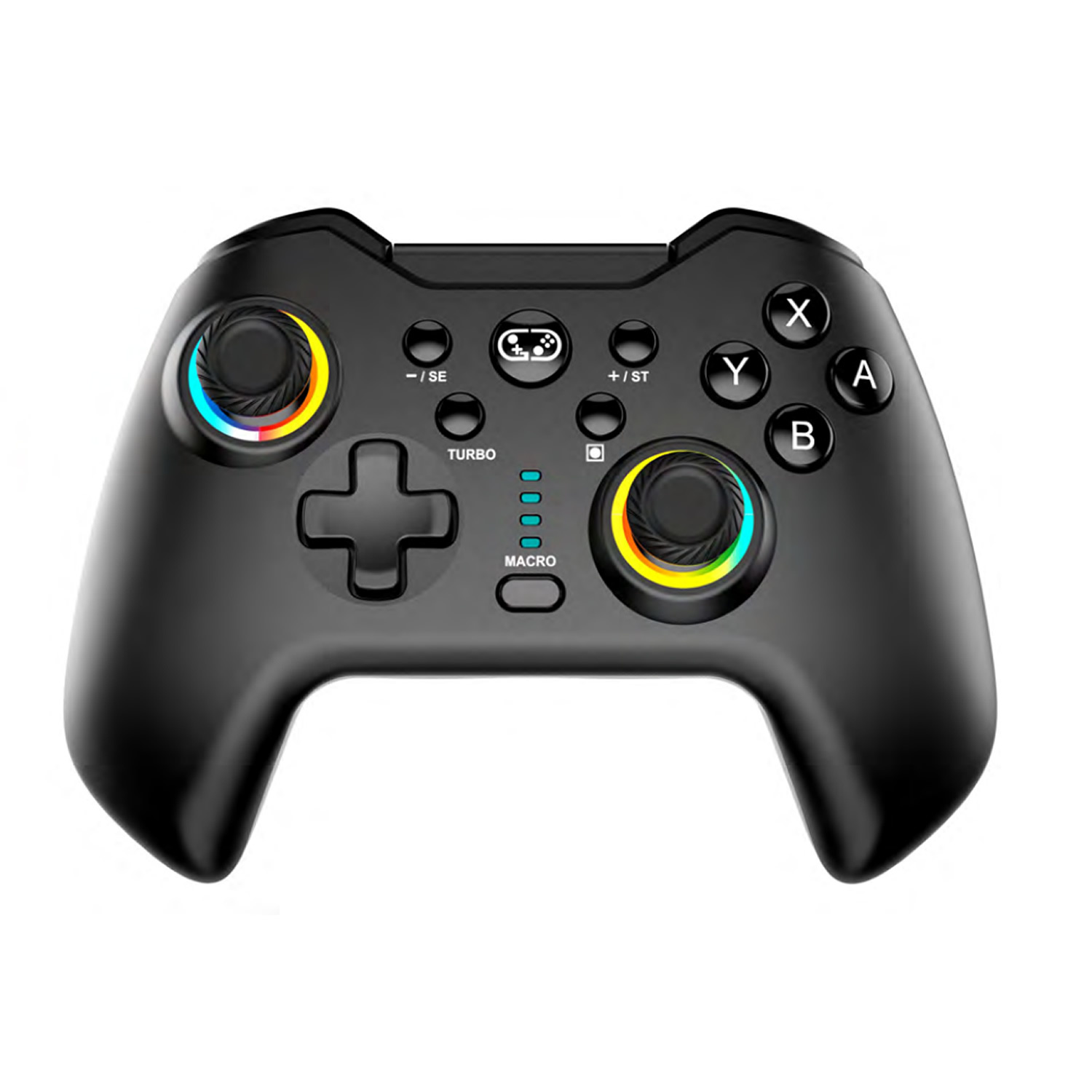How to connect a game controller to a PC
How to connect a game controller to a PC
Blog Article
Connecting a controller to your PC can vastly enhance your gaming experience, allowing you to play your favorite titles with greater comfort and control. Whether you’re using a wired or wireless controller, Windows 11 makes it relatively easy to connect and configure your devices for optimal performance. In this comprehensive guide, we will provide step-by-step instructions, troubleshooting tips, and helpful insights into the various types of controllers you can use with Windows 11.
Understanding Controller Compatibility
Before connecting a controller to your PC, it is essential to understand which types of controllers are compatible with Windows 11. Typically, the most popular controllers include:Microsoft Controllers: Microsoft’sMicrosoft controllers (Xbox One,Microsoft Series X|S) are natively supported by Windows. These controllers can connect to your PC via USB or Bluetooth.
PlayStation Controllers: PlayStation 4 (DualShock 4) and PlayStation 5 (DualSense) controllers can be connected using USB or Bluetooth. However, some features may not work as seamlessly as with anMicrosoft controller.
Third-Party Controllers: Many third-party controllers are available that can connect via USB or Bluetooth. However, compatibility levels may vary, and it’s vital to check whether the specific model works with Windows 11.
PC-Specific Controllers: Some companies design controllers specifically for PC gaming. These often come with drivers that make connectivity and usage straightforward.
Preparing Your PC
Follow these preparatory steps before attempting to connect your controller:
Ensure Windows 11 is Updated: Check for the latest updates by heading to Settings > Windows Update. Keeping your system updated ensures it is equipped to handle new hardware without issues.
Install Any Necessary Software: Some controllers may require additional drivers and software. For instance, Steam users may need to download the Steam client and enable controller support in the settings.
Check USB Ports: If you’re using a wired connection, ensure that your USB ports are functioning correctly by testing them with other devices.
Ensure Bluetooth is Enabled (For Wireless Controllers): If you’re connecting a Bluetooth controller, ensure that Bluetooth is enabled in your PC’s settings.
ConnectingMicrosoft Controllers
Connecting via USB
Plug in the Controller: Connect your Microsoft controller to the USB port of your PC using a micro-USB or USB-C cable, depending on the controller model.
Automatic Recognition: Windows 11 should automatically recognize the controller. You may see a notification stating that your device is being set up.
Test the Connection: Open theMicrosoft Game Bar by pressing Win + G and navigate to the "Device" section to see if your controller appears.
Connecting via Bluetooth
Enable Bluetooth: Go to Settings > Devices > Bluetooth & other devices and toggle the Bluetooth option on.
Put the Controller in Pairing Mode: Press and hold the Pair button on yourMicrosoft controller until theMicrosoft logo starts to flash rapidly.
Add Bluetooth Device: Click on "Add Bluetooth or other device" in the Bluetooth settings on your PC. Select "Bluetooth", and wait for yourMicrosoft controller to appear in the list.
Complete the Pairing: Click on your controller’s name to pair it. Once complete, you should receive a notification indicating that the device is connected.
Test the Connection: As with the USB connection, use theMicrosoft Game Bar to verify that the controller is working correctly.
Connecting PlayStation Controllers
Connecting via USB
Connect the Controller: Use a micro-USB or USB-C cable to connect the DualShock 4 or DualSense controller to your PC.
Automatic Installation: Windows 11 should recognize the controller automatically. Confirm the connection through notifications.
Check Functionality: Open a game or the Microsoft Game Bar to test whether the controller is functioning appropriately.
Connecting via Bluetooth
Enable Bluetooth: Access Settings > Devices > Bluetooth & other devices, then turn on Bluetooth.
Pair the Controller: For a DualShock 4 controller, press and hold the PS and Share buttons simultaneously until the light bar starts to flash. For the DualSense, press the PS and Create buttons until the light indicators start to flash.
Add Bluetooth Device: Once in pairing mode, go back to your PC, click on "Add Bluetooth or other device", then select "Bluetooth".
Connect Controller: Your PlayStation controller should appear in the list; click on it to pair it.
Verify the Connection: Use the game bar or any game to check if the controller is working correctly.
Connecting Third-Party Controllers
Connecting third-party controllers may require specific drivers or software from the manufacturer. Here’s a general procedure:
Via USB
Plug in the Controller: Use the appropriate cable to connect your controller to an available USB port on your PC.
Follow Manufacturer Instructions: If the controller requires specific drivers, visit the manufacturer’s website to download and install them.
Test the Controller: Utilize the game bar or any compatible game to check if your controller works as expected.
Via Bluetooth
Activate Bluetooth on PC: Navigate to Settings > Devices > Bluetooth & other devices and ensure Bluetooth is enabled.
Initiate Pairing Mode on Controller: Follow the instructions provided by the manufacturer to enter pairing mode (often includes pressing a dedicated pairing button).
Add Device: Click “Add Bluetooth or other device” and select “Bluetooth”. Wait for the controller to appear, then click to connect.
Test Functionality: Use a compatible game or theMicrosoft Game Bar to ensure the controller is operational.
Configuring Controller Settings
Once your controller is connected, you might want to configure its settings to enhance your experience. Windows 11 provides various options:
The main products include game controllers and accessories compatible with PlayStation, Nintendo, Microsoft, Android & iOS, PC and other game platforms.
Game Controller Settings:
Press Win + R, type joy.cpl, and hit Enter. This command will bring up "Game Controllers" settings.
Here, you can see a list of connected controllers. Select your controller and click on Properties to test buttons and adjust settings.
Steam Configuration:
If you use Steam, it offers detailed controller configuration options. Launch Steam, go to Settings, and then to Controller settings, where you can customize your controller layout, configure different profiles, and adjust sensitivity.
In-Game Settings: Many games offer individual control settings. Navigate to the settings or options menu in your game to configure the controller input according to your preferences.
Troubleshooting Connection Issues
While most connections should work seamlessly, it’s not uncommon to face issues. Here are some troubleshooting tips:
General Troubleshooting
Restart Your PC: A simple restart can often resolve connectivity issues.
Reconnect the Controller: Unplug the controller or disconnect Bluetooth and try to reconnect it.
Inspect the USB Cable: If using a wired connection, ensure that the cable is not damaged and works with other devices.
ForMicrosoft Controllers
Update Controller Firmware: If you have anMicrosoft Wireless Controller, you can update its firmware through theMicrosoft Accessories app available in Microsoft Store.
For PlayStation Controllers
Steam or Third-Party Application: If your controller isn’t recognized, try launching Steam and enabling controller support there or use third-party programs like DS4Windows for DualShock 4 or DS4 to XInput Wrapper.
Bluetooth Issues
Remove Old Bluetooth Pairings: If your controller is having trouble connecting, it may help to remove prior pairings from both the PC and the controller.
Check Bluetooth Drivers: Ensure that your Bluetooth drivers are updated. You can do this through Device Manager by expanding Bluetooth and right-clicking on your Bluetooth device.
Advanced Configuration and Enhancements
Using Third-Party Applications
For gamers looking for additional customization, there are several applications available:
DS4Windows: Specifically for PlayStation controllers, DS4Windows allows you to remap buttons, create profiles, and adjust the sensitivity and dead zones.
Xpadder: Xpadder is a versatile tool that allows you to map keyboard and mouse inputs to your controller, making any game controllable by your preferred controller.
Steam Big Picture Mode: Steam’s Big Picture Mode provides an interface designed for controllers, complete with configuration options for all connected controllers.
Custom Scripts and Macros
For advanced users, leveraging software like AutoHotkey can help create custom scripts and macros tailored to specific games. This approach allows users to automate repetitive tasks or create complex input combinations.
Controller Emulation
Some software solutions can help emulate a mouse and keyboard through your controller, allowing you to use it in games that do not natively support game controllers. Examples include reWASD and InputMapper.
Ensuring Comfort and Ergonomics
After setting up your controller, consider ways to enhance your gaming setup for better comfort and prolonged use:
Set Up Your Play Area: Ensure that your gaming setup is ergonomically friendly. Your monitor should be at eye level, and your seating should support your back.
Invest in Quality Products: A good gaming chair and desk can make a significant difference in your comfort during long gaming sessions.
Take Breaks: Remember to take breaks to stretch and rest your hands and eyes to maintain comfort and reduce fatigue.
Conclusion
Connecting a controller to a PC running Windows 11 enhances the gaming experience, providing intuitive control and comfort. As we’ve explored, both wired and wireless options are available, and understanding compatibility, settings, and potential issues can make the process straightforward.
By following the instructions outlined above, you are well on your way to enjoying your favorite PC games with your chosen controller. Remember that every gamer has different preferences, so take the time to explore configurations that suit your gameplay style. Happy gaming! Report this page
